A training and demonstration centre @ Save Secondary School
This is an outline of the potential of a partnership arrangement between S39 Permaculture Academy and the Save Secondary School. So far we have made a preliminary visit as a team, building on the relationship established with the school by S39 team member Rose Nibagwire.
Permaculture encourages us to see problems as opportunities, a chance to apply design in a way that problems become their own solutions. Waste can be converted into compost, excess rainwater untamed can cause erosion problems but can be easily diverted and converted into an asset to support fertility and productivity. Within a school there is also a huge amount of human energy which again can be easily diverted into activities that support the school and its permaculture system to become increasingly productive.

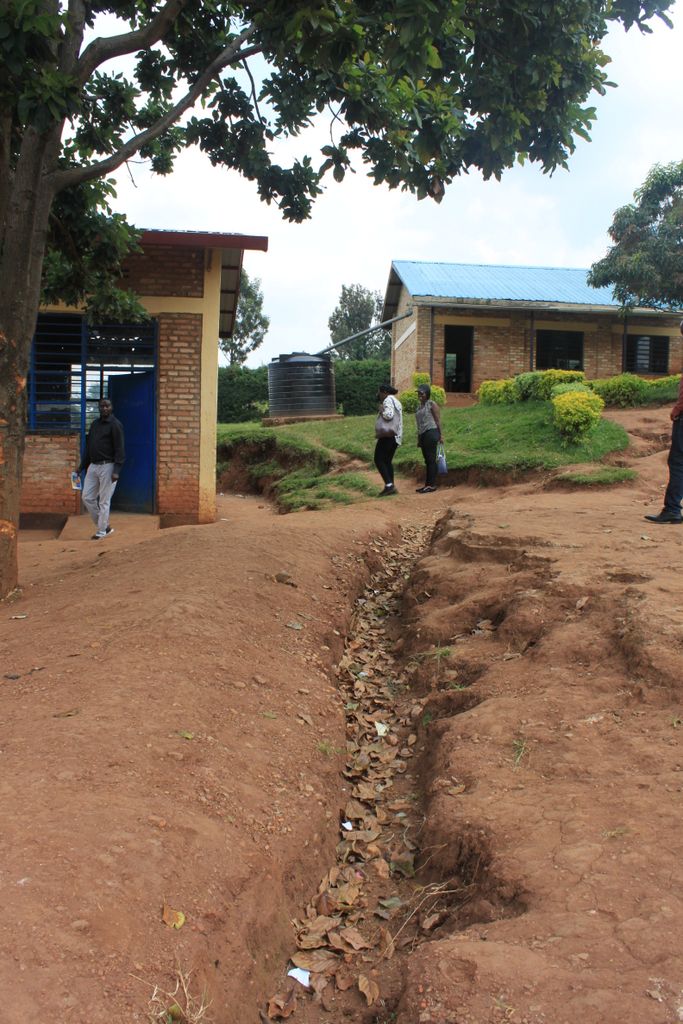
Once water is allowed to flow over compacted ground like this it tends to erode out gullies, making the problem increasingly worse. Buildings with roofs, footsteps of the many children can all serve to accelerate the problem, erosion at source, flooding further down the slopes and ultimately a deficit of water in the soil for plants and recharging ground water for bore holes.
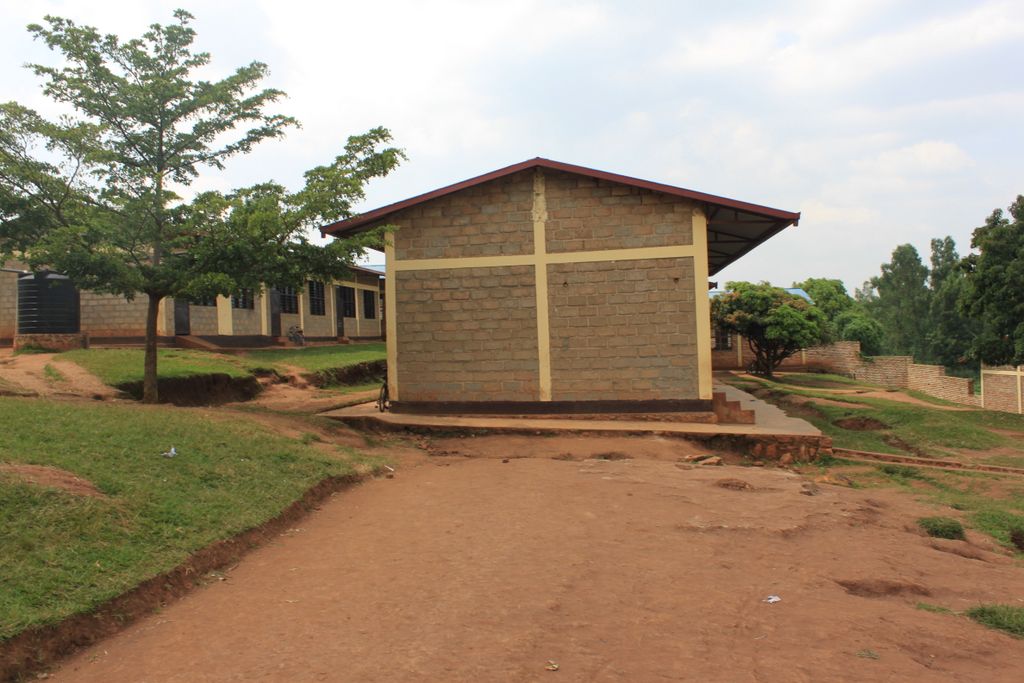

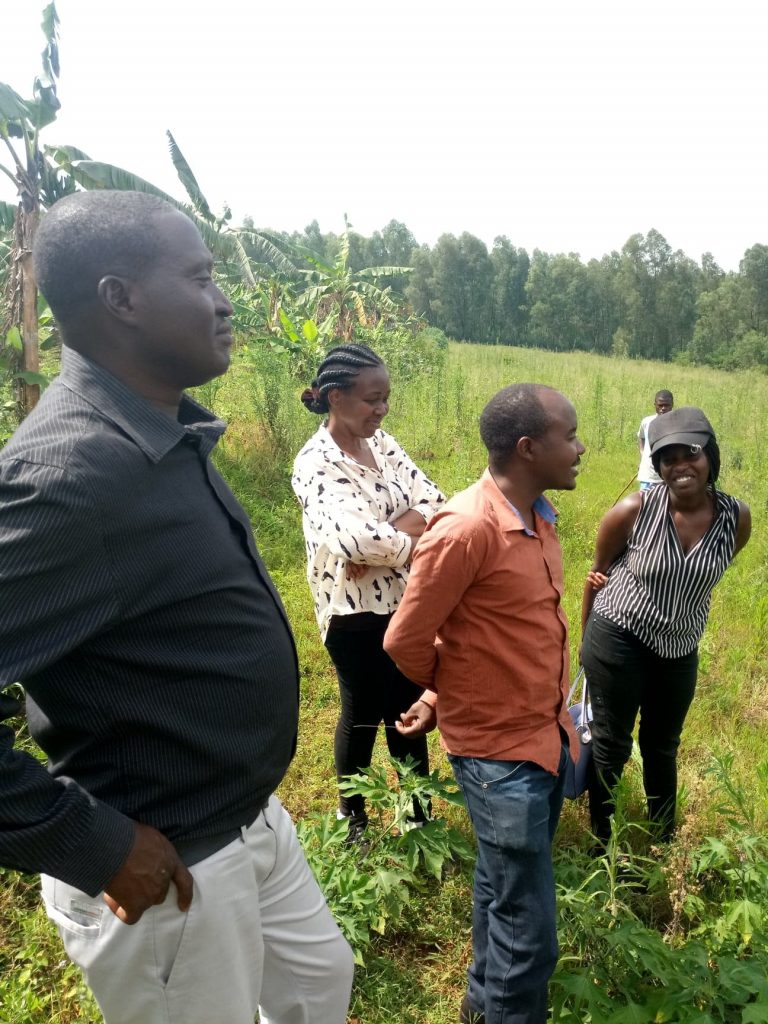
Obviously resolving these issues and finding creative uses for excess water, compost and other outputs from the school will take some careful planning and consideration. We will work closely with the school and community to create a design that genuinely fulfills needs. Ideally we will use a 2-week training course held at or nearby the school to develop and implement the design, whilst building links with staff members and pupils who will learn how to make best use of the inputs. We also hope the school can become a resource and training centre for permaculture as it develops.
The slides below are drawn from previous projects and serve to illustrate some of the approaches that might be used to enhance the school’s environment.

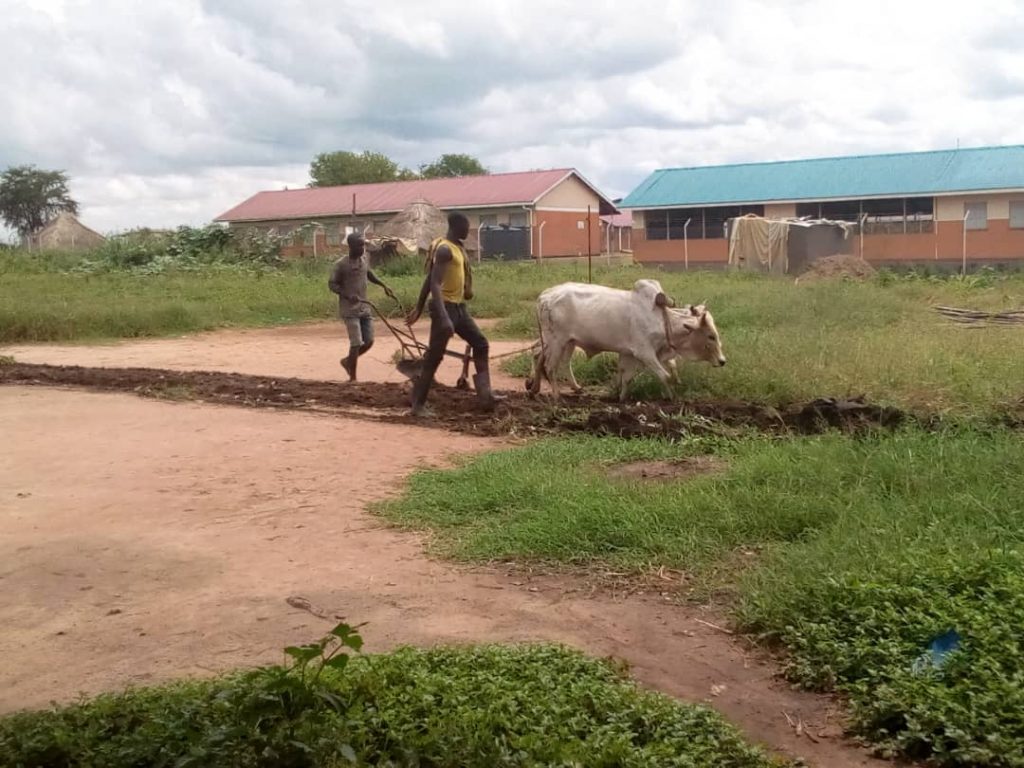
Working landscapes 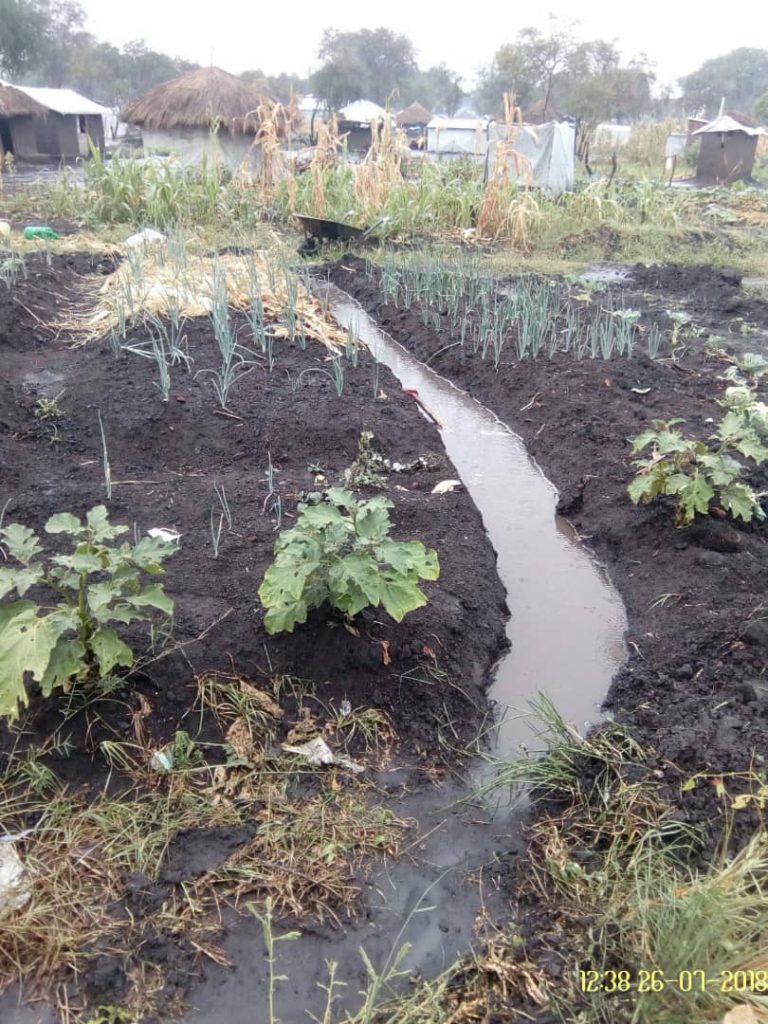
Trapping water 
Compost making 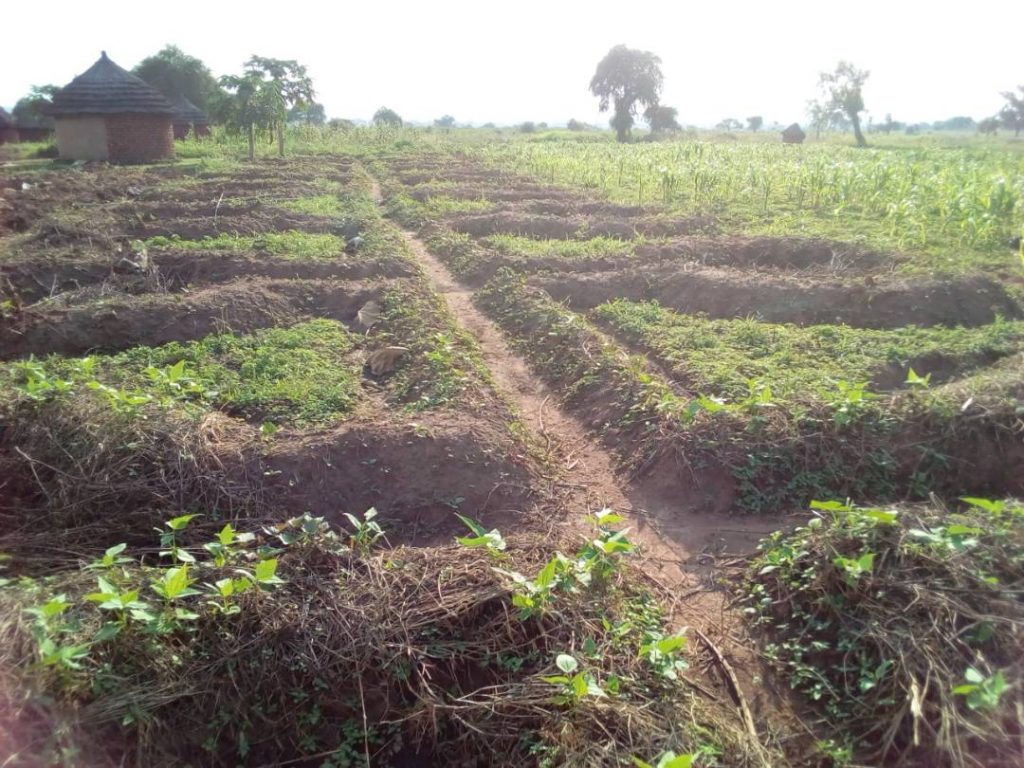
Creative approaches 
New ideas 
Fuel efficient stoves 
New yields 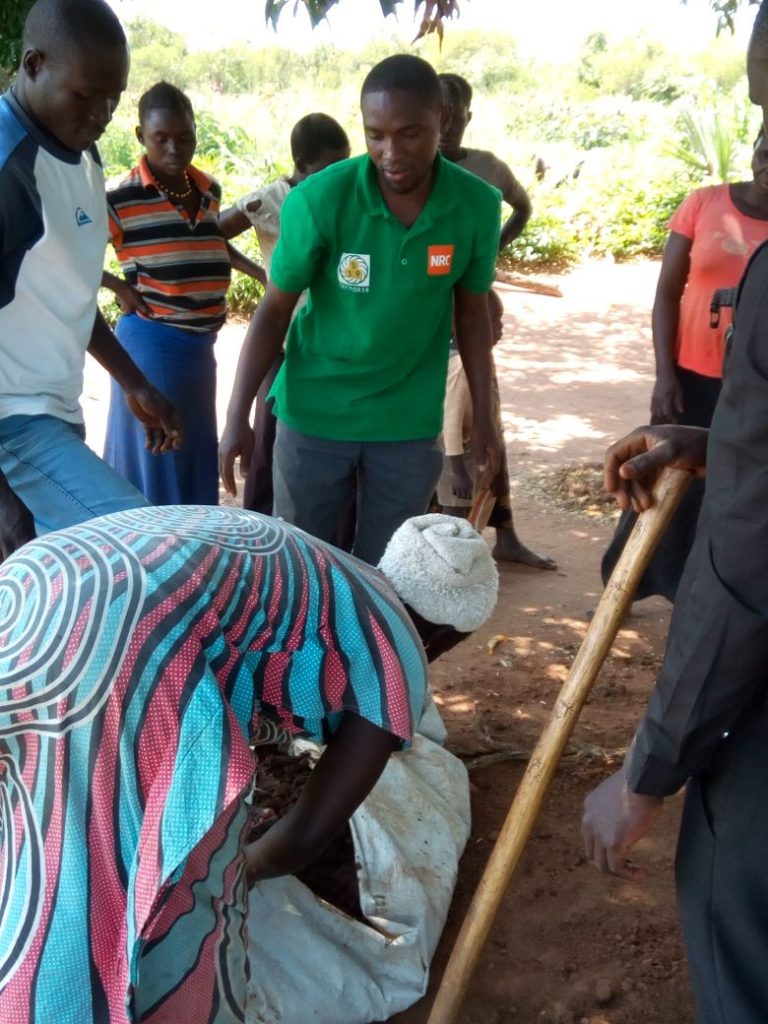
Teacher training 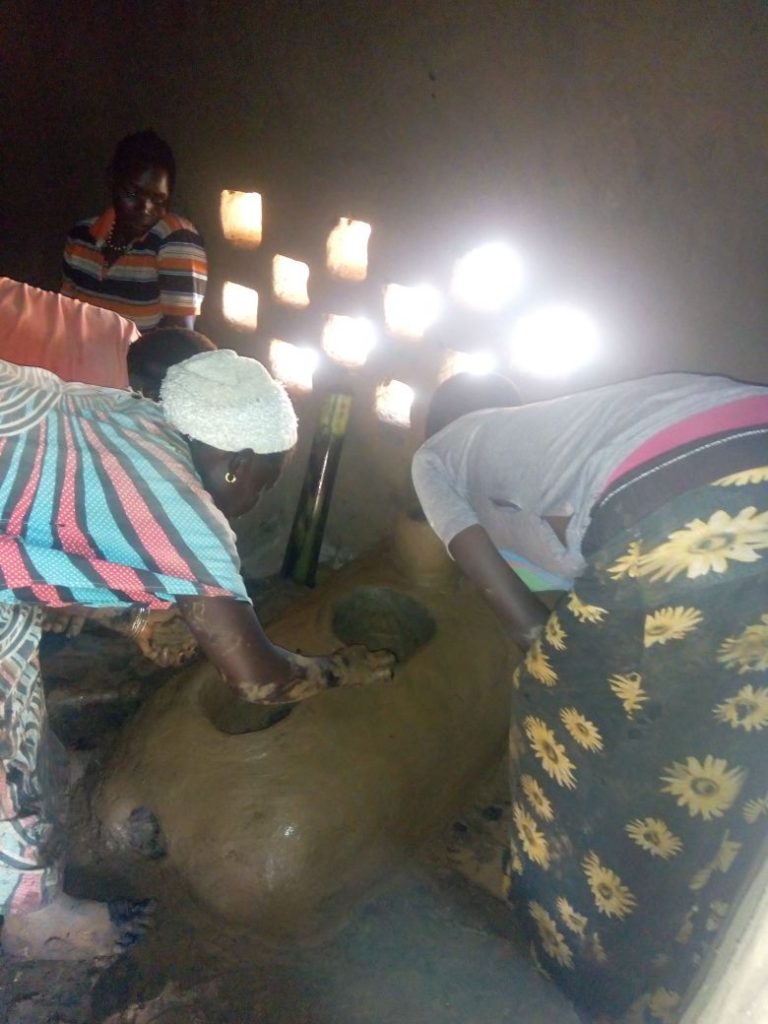
Learning by doing 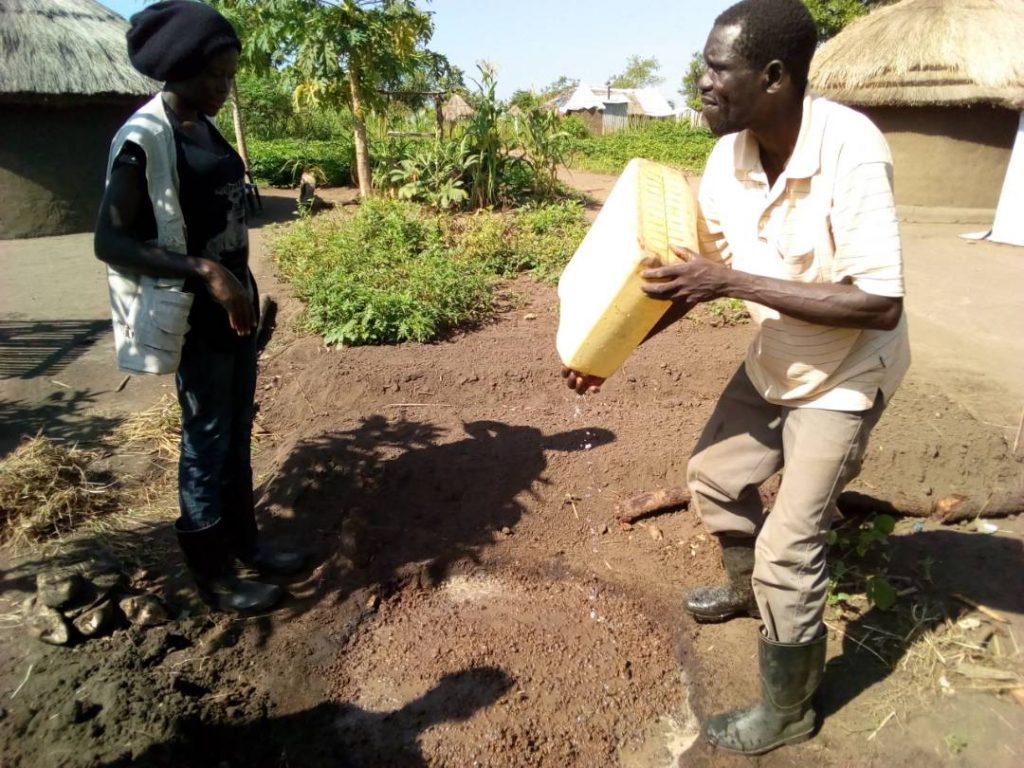
Community outreach 
Team building 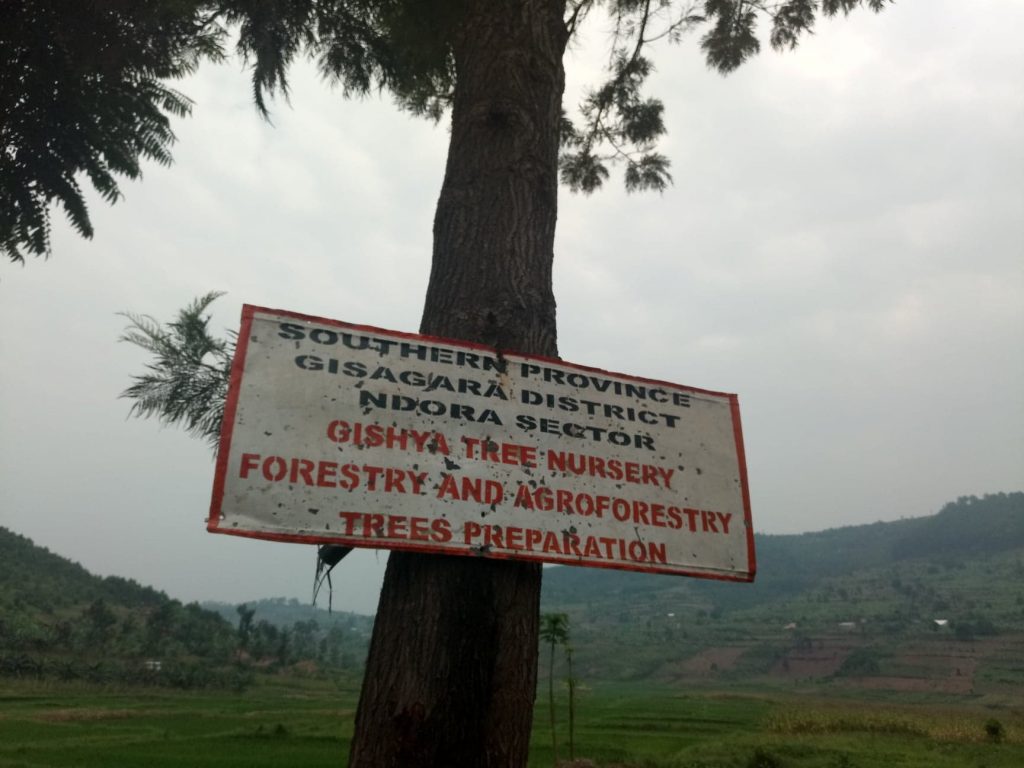
Developing a resource base 
Small individual actions can bring about big changes 
Vetiver forms a living hedge that stops soil erosion


You must be logged in to post a comment.